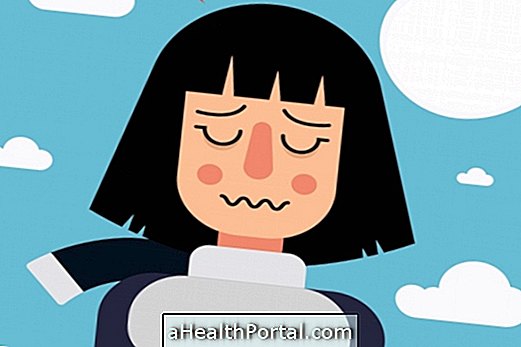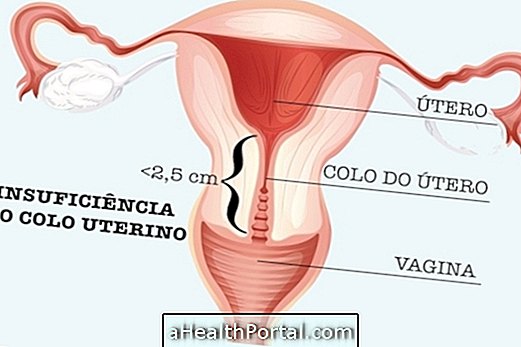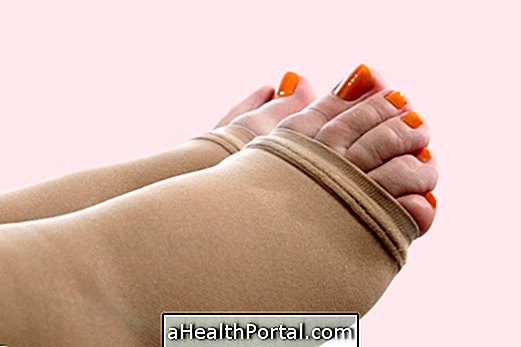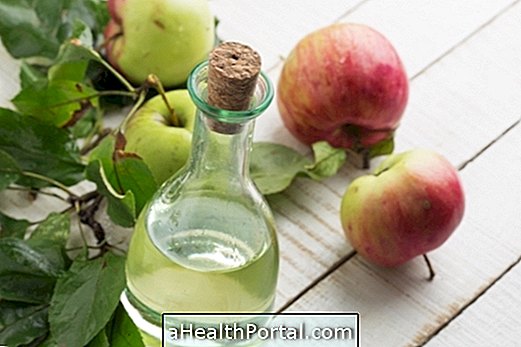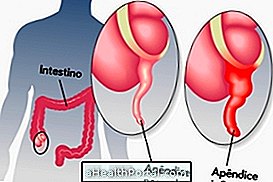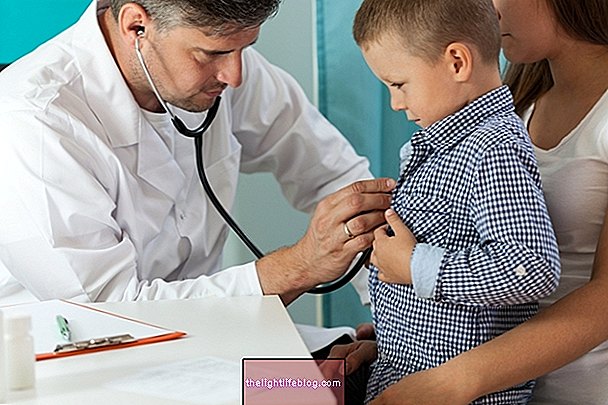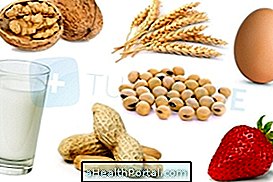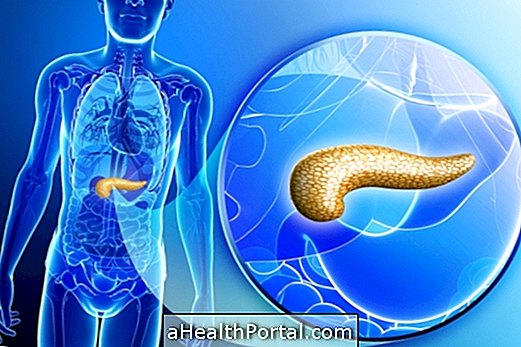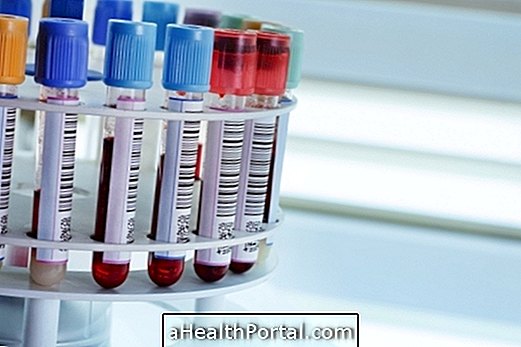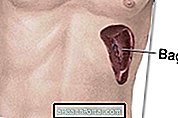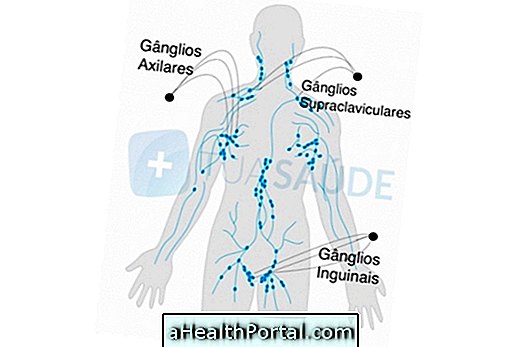Trichinellosis is a parasitic infection caused by Trichinella spiralis, popularly known as roundworm, present in raw or undercooked pork or wild animals.
The individual eating pork or meat from raw or poorly cooked contaminated wild animals may become infected with the larvae of the parasite. Initially, the larva is housed in the individual's intestine and then gives rise to small larvae that can reach the body's cells, affecting muscles and even the brain, in more severe cases.
Trichinosis has a cure when its treatment is done correctly. Treatment of trichinosis should be guided by a general practitioner, after observing the patient's symptoms, and involves the use of anti-parasitic medicines such as Albendazole, for example.
Symptoms of trichinosis
The initial symptoms of trichinosis include diarrhea and intestinal colic. Already late symptoms, which usually appear one week after ingestion of the contaminated food, include:
- Fever;
- Pain in the muscles;
- Pain in the eyes and sensitivity to light;
- Swelling of the eyelids;
- Headache;
- Bleeding in the eyes;
- Bleeding under the fingernails;
- Red spots on the skin.
In the presence of these symptoms, the individual should consult a physician to make the diagnosis and guide the treatment, and the diagnosis of trichinosis is usually made by observing the symptoms and by a blood test.
Photos of trichinosis


Source: Centers for Disease Control and Prevention
Treatment for trichinosis
Treatment for trichinosis can be done at home with the ingestion of anti-parasitic medicines, such as Albendazole, Mebendazole or Thiabendazole, as prescribed by your doctor. During treatment, the patient should rest, drink about 2 liters of water per day and avoid straining.
In the most severe cases, analgesic drugs, such as Paracetamol or Dipirone, and corticosteroids, such as Dexamethasone or Hydrocortisone, may still be used.
Trichinosis Life Cycle
The trichinosis life cycle can be represented as follows:

The man eats raw or undercooked pork or wild animals contaminated with the larvae of the parasite. The larvae are lodged in the intestine, where they mature and develop into adult worms. The adult worms, still in the intestine, form small larvae that go through the bloodstream to the muscles and other tissues like the brain, where they are housed.
Prevention of trichinosis
The prevention of trichinosis involves the consumption of pork and its products well cooked because the transmission of trichinosis happens due to the presence of the larva in raw or underdone meat.
Learn more about the symptoms of this parasite in:
- Symptoms of trichinosis



